Online Exhibits

Reclaiming the Border Narrative
The Reclaiming the Border Narrative Digital Archive is a community-focused archive centering the diversity and multidimensionality of experiences that transcend dominant narratives and counter externally imposed perceptions of life in the US-Mexico borderlands. The archive amplifies the creative and intellectual processes of artists, advocates, journalists, and cultural practitioners dedicated to advancing migrant justice and broader understanding of border communities.

Photographs by Homer L. Shantz
The Photographs by Homer L. Shantz showcases more than 6,400 photographs taken between 1908 and 1955 by American botanist and former president of the University of Arizona, Homer LeRoy Shantz (1876–1958). This digital exhibit highlights his documentation of landscapes, plant life, and environmental change across the United States, Africa, and Mexico. The collection includes images of natural vegetation, cultivated fields, plant specimens, and even microscopic views of plants.

The Ken Wolfgang Collection: Films in Time
Ken Wolfgang taught himself photography which led to his interest in crafting motion pictures. In 1951 at the age of 20, he enlisted in the military which deployed him to Japan. Wolfgang made it his purpose in life to use his gift of filmmaking to create documentary films that depicted cultures accurately, without reinforcing the negative stereotypes that were pervasive in American culture at the time. He stated that he tried to film from the cultural perspective of the people being filmed so the viewer could look out and see the world of others through the eyes of those who lived in that world.
Ken Wolfgang formed his own production company named Kensharo Productions in 1958. The full length travelogue films Ken Wolfgang created between the 1950's-1980's document a wide array of cultures from nations including Mexico, Thailand, Japan, India, Singapore and Austria. In 1983, Wolfgang retired from filmmaking, citing that the popularity of travel shows on cable and technology of filmmaking had begun to trump the human connection to the work.
This online exhibit covers materials from Ken Wolfgang and Kendra Gaines, including correspondence, photographs, scrapbooks, news clippings, and reel to reel film and audio, as well as digital versions of his complete films. A book library accompanied the collection and books added were cataloged individually. This digital exhibit showcases a few samples of his films along with samplings of correspondence, press releases and other documents related to the films.

Black Tucson
Black Tuscon offers a glimpse of Black life in Tucson, Arizona over a 100 year period, ranging from the 1850s to the 1960s. This exhibit highlights various aspects of the lives of Black Americans as they have survived and thrived in the Southwest.

Empire Land and Cattle: Remembering an Empire
The pioneering effort to build the Empire Land and Cattle Company in Arizona got underway in 1876 when two Englishmen, Walter Vail and Herbert Hislop, came to Tucson Arizona and purchased the Fish Ranch, located about 50 miles southeast of town. This small ranch was destined to grow to become one of Southern Arizona's largest cattle ranches. It is now listed in the National Register of Historic Places. This exhibit chronicles the early years of that ranch, its people, and its activities as represented in manuscripts at the University of Arizona Libraries, Special Collections.

Raul Hector Castro
Born in a mining community in Sonora, Mexico, Raul H. Castro realized that combining education, hard work and a concern for the welfare of others was a means to succeeding in life. Castro attended college on an athletic scholarship and worked his way through law school. In 1974 he was elected as Arizona’s first Latino governor. He eventually served as U.S. Ambassador to three Latin-American countries El Salvador, Bolivia, and Argentina during the presidential administrations of Johnson, Nixon, and Carter. During the course of his long and distinguished career, Raul H. Castro held the titles of school teacher, county attorney, judge, diplomat, governor, and elder statesman. This exhibition presents photographs and documents regarding Raul Castro’s life and career.

Páginas de la historia de México - Excerpts from the Morales de Escárcega Collection
Excerpts from the Morales de Escárcega Collection

Visualizing Urban Renewal
Visualizing Urban Renewal exhibition looks at the visual record of Urban Renewal in Tucson, especially the streetscapes affected by the project. Understanding the impacts of a policy like Urban Renewal is a complicated challenge, because the relationships between power and politics, identity and racism, empathy and resilience, and our natural and cultural landscapes are complex and interconnected. The questions one might explore using primary sources to study an issue like this one are nearly limitless.

The Udall Brothers: Voices For The Environment
The exhibit presents photographs and archival documents from the Congressional Archives of Morris K. and Stewart L. Udall. The exhibit profiles their many years of public service to our nation, and emphasizes their contributions in the area of environmental leadership and legislation.

Founding Mothers: From the Ballot Box to the University
Founding Mothers: From the Ballot Box to the University is an online exhibition that recognizes and celebrates the 100th anniversary of women's suffrage in the United States and the 45th anniversary of the founding of Women's Studies at the University of Arizona.
Women have been speaking up and demanding their rights to be citizens since the founding of the United States. This exhibit focuses on women in Arizona and asks what strategies led to their success in winning representation at the ballot box and in the university. Who were their allies? Whose voices were heard in these debates? What forces divided women and how did they work together despite differences? Who was left out of these changes? Which issues continue to be challenges in our times?

Artists' Books
Books have a recognizable look and feel. With creative investigations of spaces and places, artists' books reimagine design, materials, typography, words and images, including photography. Whether created by a single-artist - or by a collaboration of artists, printers, binders, papermakers, poets or scholars - artists' books invite the reader to discover their rich structures and to experience them through a personal examination of their content.
This exhibit celebrates the history of these books and their makers, printers and designers. The works presented on display, part of the larger collection housed in Special Collections, are made using a range of methods and materials and represent artists' books produced from the early 1900s through today.

Family & Community Archives
Special Collections at the University of Arizona Libraries is committed to the interests and experiences of the local community we serve. Family photographs and printed materials like postcards, letters, certificates, brochures, and other programs are rich in information. These materials not only add to the historical record of Tucson and the U.S.-Mexico Borderlands, they often add context to important historical events as well.
In the spring of 2017, we held our first event—Community Digitization Day—and invited members of the community to bring in family materials dating from 1900 to 1970 that related to Tucson and the U.S.-Mexico Borderlands. Archivists and other professionals discussed the importance and need to care for our historical record. Participants attended workshops about preserving photographs and other types of materials. We also scanned participants’ materials for free.
Our second event, Family & Community Archives Day, was hosted in 2019. We hope to continue to offer similar experiences in the future.
Our online exhibit features materials contributed by community members at these events, with their permission. In addition to highlighting the different materials that families collect, this exhibit represents some of the diverse communities that are included in the University of Arizona Libraries Special Collections holdings.

Morris K. Udall: A Lifetime of Service to Arizona and the United States
Morris King Udall served with pride and distinction as Arizona's Congressman from District 2 from 1961-1991. He became one of the most creative and productive legislators of the century. His concern for Native Americans and love of the environment resulted in numerous pieces of legislation moving through congress. He also authored important legislation on campaign reform, congressional ethics and was the first major Democrat to oppose President Johnson on the Vietnam War.
This exhibit presents the papers and photographs of the Morris K. Udall Papers held by the University of Arizona Libraries, Special Collections. The material provides the user with an introduction to the collection as well as a sample of selected photographic images.

Stewart L. Udall: Advocate for the Planet Earth
Stewart Lee Udall served enthusiastically as Arizona's Congressman for District 2 from 1954-1961 and as Secretary of the Interior from 1961-1969 in the administrations of President John F. Kennedy and Lyndon B. Johnson. Since his retirement from public service in 1969, Stewart Udall has mainly devoted his time to writing books and articles dealing with environmental issues, and practicing law. During the same period, he represented Native American uranium miners in Arizona, New Mexico and Utah in their lawsuits against the United States Government.
The purpose of this exhibit is to present the papers and photographs of the Stewart Lee Udall Collection (Manuscript collection, AZ 372) held by the University of Arizona Library, Special Collections. The material in this exhibit will provide the user with an introduction to this collection, including selected photographic images documenting Stewart Udall's public career and private interests.

After 500 Years: The Protestant Reformation
Special Collections holds a wide variety of materials from and about the Protestant Reformation. A significant portion of these holdings reside in the Heiko A. Oberman Library, which was gifted to Special Collections after the scholar’s death. The library was compiled, in part, during the years that Oberman served as the Director of the Division for Late Medieval and Reformation Studies, which he founded at the University of Arizona. Other holdings include several translations of bibles, as well as political broadsheets and pamphlets, the latter written by Martin Luther and contemporaries.
The exhibit is organized around the following themes - Late Medieval Catholicism: Lay Piety and Clerical Theology; Back to the Sources: The Renaissance and Humanism; The Role of Printing in Medieval and Reformation Europe; Luther’s Life and Theology; The Bible, Pre- and Post-Reformation; Other Reformers: The Diversity of the Protestant Movement; Confessional Conflicts in Europe; Impact on Daily Life; and The Afterlife of the Reformation, 16th to 21st Century. Co-curating the exhibit are Rare Books Librarian Roger Myers, Regents’ Professor Susan Karant-Nunn and Heiko A. Oberman Professor Ute Lotz-Heumann.

USS Arizona: That Terrible Day
Digital exhibition commemorating the 75th anniversary of the attack on Pearl Harbor. This digital exhibition presents new materials, including artifacts, papers, and photographs from the USS Arizona Collection and aims to illustrate the activities of the ship over her 26-year life and her deep connection to the University of Arizona.

The Documented Border: An Open Access Digital Archive
The Documented Border: An Open Access Digital Archive is an interdisciplinary effort whose goal is to advance understanding and awareness about the U.S.-Mexico borderlands and its peoples during a period of unprecedented societal change. The innovative archive focuses on untold and silenced stories and events about this transnational region.
The project was generously funded by one of five Faculty Collaboration and Innovation Grants awarded by the University of Arizona’s Confluencenter for Creative Inquiry as well as additional funding by the University of Arizona Libraries.

La Vida Fronteriza: Church, Economy and Daily Life - Excerpts from the De la Torre Family Papers
La Vida Fronteriza: Church, Economy and Daily Life - Excerpts from the De la Torre Family Papers is a valuable resource for those interested in researching the US-Mexico borderlands’ 20th century history, particularly as it pertains to political upheavals, relations between church and state and daily life in Sonora and other Mexican northern states.
La Vida Fronteriza: Church, Economy and Daily Life - Excerpts from the De la Torre Family Papers es un recurso valioso para todos aquellos interesados en investigar la historia de la región fronteriza de México y Estados Unidos en el siglo XX, particularmente en lo relativo a los levantamientos políticos, las relaciones entre Iglesia y Estado y la vida cotidiana en Sonora y otros estados mexicanos del norte.

Raul Hector Castro
Born in a mining community in Sonora, Mexico, Raul H. Castro realized that combining education, hard work and a concern for the welfare of others was a means to succeeding in life. Castro attended college on an athletic scholarship and worked his way through law school. In 1974 he was elected as Arizona’s first Latino governor. He eventually served as U.S. Ambassador to three Latin-American countries El Salvador, Bolivia, and Argentina during the presidential administrations of Johnson, Nixon, and Carter. During the course of his long and distinguished career, Raul H. Castro held the titles of school teacher, county attorney, judge, diplomat, governor, and elder statesman. This exhibition presents photographs and documents regarding Raul Castro’s life and career.
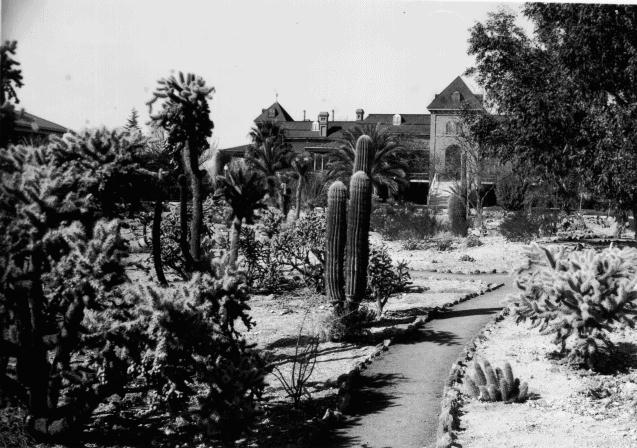
The University of Arizona Libraries Photograph File
The University of Arizona photographic archives document the life and times of the UA from about 1889 to the present. Beginning with photographs of Old Main, the original structure on campus, the archives document growth in the physical campus and changes in the dress and customs of students and faculty. The images included in this exhibit are a small, representative group of photographs from the collection.
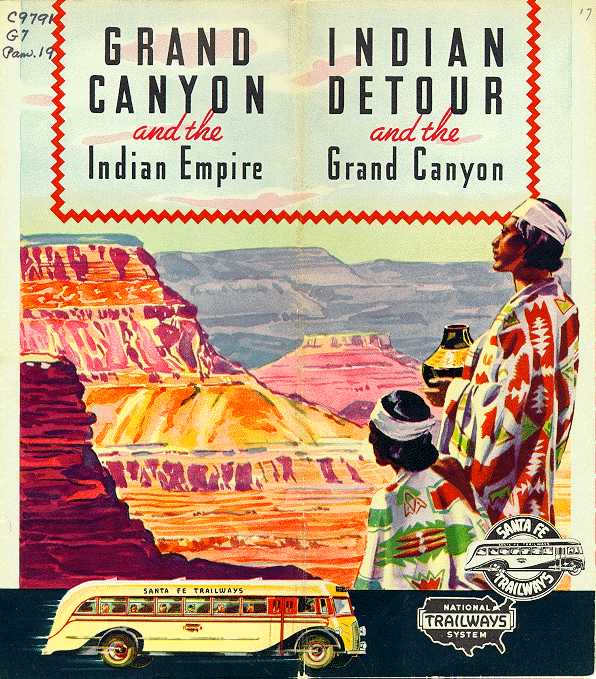
Southwestern Wonderland
This exhibit provides a selection of materials from the pamphlet and ephemera collection in Special Collections and illustrates how the Southwest was promoted as a region. It verbally and visually documents some of the ways the Southwest was popularized. Through these various approaches to the region, certain concepts about the Southwest were indelibly impressed on the imaginations of individuals interested in the region, especially on those outsiders who first experienced the Southwest through the literature and art about it.
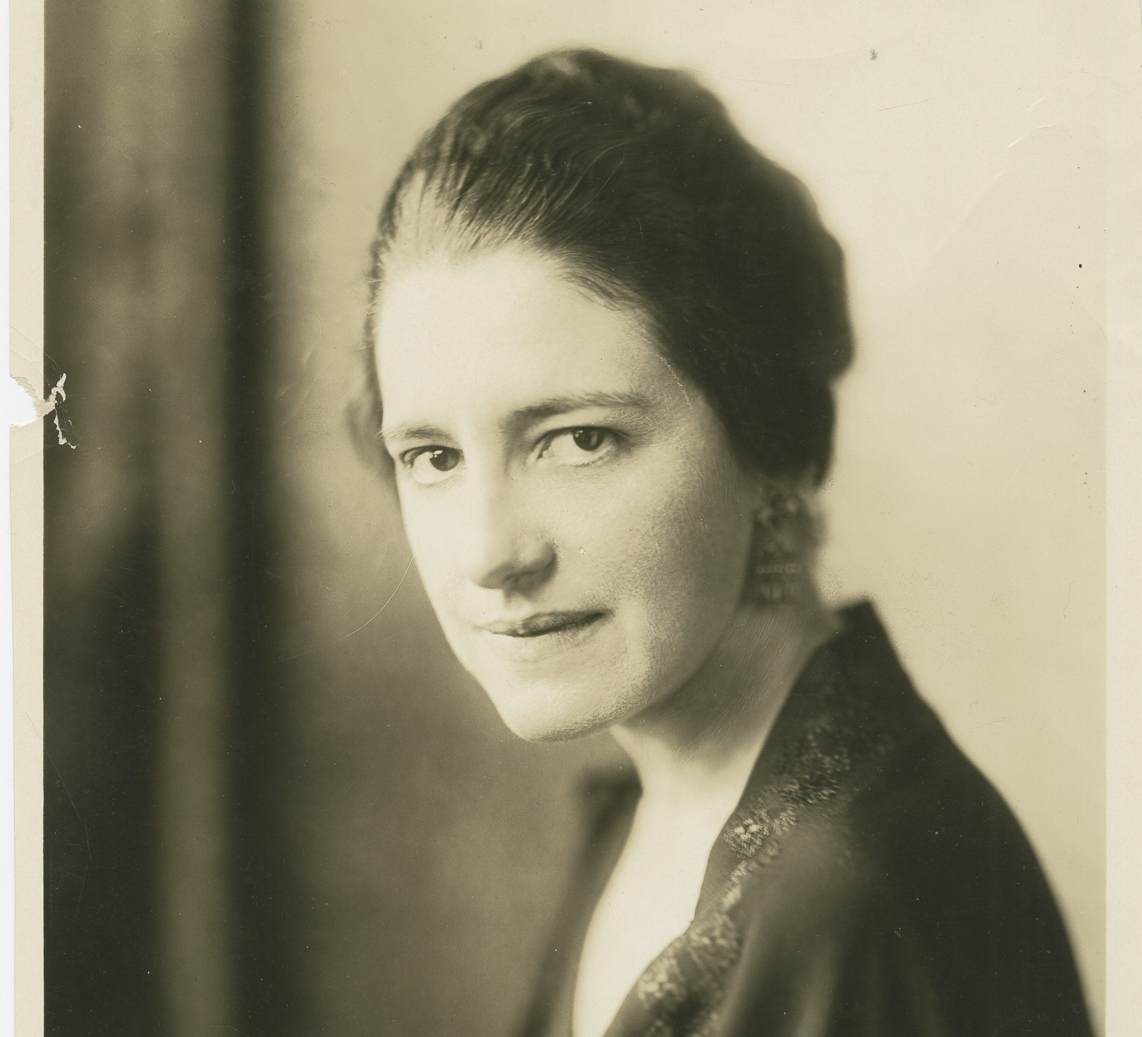
The Sophie Treadwell Collection
A playwright, journalist, women's rights advocate, and novelist, Sophie Treadwell maintained a professional career that spanned close to sixty years, from the 1910s to 1970. She is considered today as one of America's most prominent women playwrights of the first half of the twentieth century. Author of forty plays, Treadwell was one of only a few women dramatists who also directed and produced many of her own works. During World War I, the State Department recognized Treadwell as one of America's first accredited female foreign war correspondents. In the 1920s, she became the only American journalist granted an interview with Pancho Villa at his remote ranch following the Mexican Revolution.
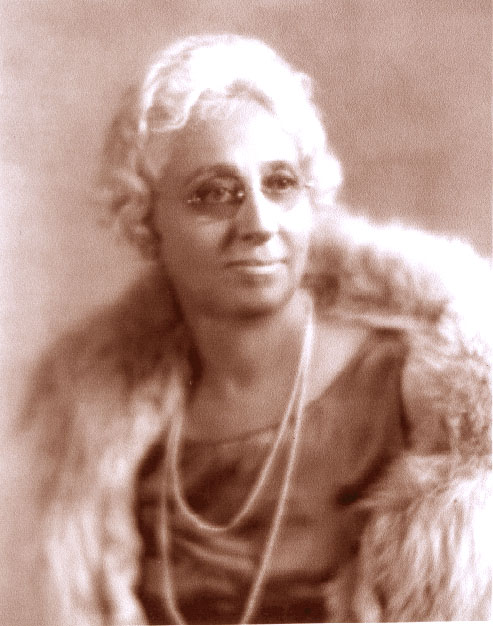
Miss Estelle Lutrell: An Exhibit about UA Library History
Estelle Lutrell was the first full-time librarian at the University, and this exhibit celebrated the 100th anniversary of her coming to Arizona in 1904.
As a teenager in the late 1880’s, Estelle attended Christian College in Canton, Missouri, where her father was a music instructor. After leaving Christian College, Estelle enrolled at the University of Chicago and worked part-time in the University’s main library while earning a degree in English and modern languages. She graduated in 1896 and was employed for about three years in the university’s new Hull Biological Laboratories’ library. Although she did not have a degree in library science, this would be her first full-time position in a library.
She gained further library experience working as a junior assistant in the well-known library founded by Chicago industrial magnate and philanthropist John Crerar. At that time, the Crerar Library was located on the fifth and sixth floors of a building annexed to the famous Marshall Field & Co. Store in Chicago’s Loop. Shortly after the turn of the century, Estelle would enter Arizona Territory and join President Parker’s staff at the University of Arizona. She would take on a dual role, instructor in English and librarian.
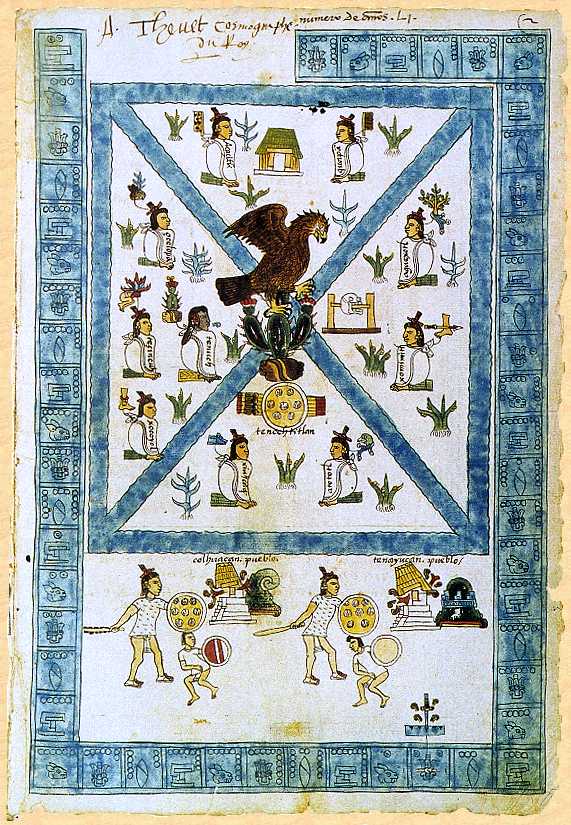
Mesoamerican Codices: A Facsimile Exhibit
This collection contains manuscripts both from before and after the Spanish Conquest that began in 1521. These manuscripts derive primarily from three cultural areas, Mixtec, Mayan, and Aztec, although they are not limited to them. The span of history these surviving codices cover is from A.D. 629 to 1642.
Chronologically the codices are divided into pre-Conquest and early colonial codices. While surviving Mixtec codices are generally pre-Conquest (i.e. without European influence), surviving Aztec codices all exhibit European colonial influences in their styles. Generally, if a codex was colonial, we have included it in the group of Aztec colonial manuscripts.
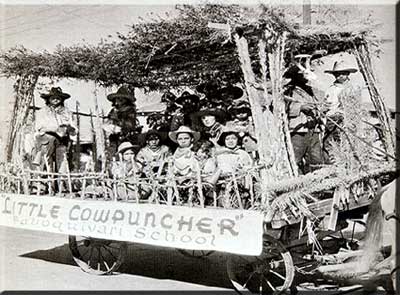
Little Cowpuncher
Little Cowpuncher was the name of a mimeographed school newspaper, written and illustrated by Anglo and Mexican-American ranch children. It appeared from 1932 to 1943 at five different rural schools in Southern Arizona, where Eulalia Bourne was the teacher. Most of the students who attended these one- or two-room schoolhouses, close to the Mexican border, were bilingual and bicultural. Some were the sons and daughters of pioneer Mexican and American ranch families; others were children of ranch hands working for large landowners; and a few were temporary students from families living on mining claims or road camps. Their original and unedited stories and drawings vividly describe their lives on isolated ranches, and the everyday and special events throughout the school year at Redington, Baboquivari, Sasco, San Fernando, and Sopori schools. On this site you will find Little Cowpuncher online, looking as much like the originals as possible.
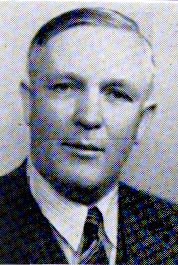
Levi Stewart Udall, 1891-1960
Levi Stewart Udall was born January 20, 1891 at St. Johns, Arizona. He is the brother of past Chief Justice of the Arizona Supreme Court, Jesse A. Udall. For twenty-eight years, Levi served in the Apache County Courthouse in various public service positions including: Clerk for the County Board of Supervisors (1915-1918); Clerk of the Superior Court (1919-1922); in 1922 he was admitted to the Arizona State Bar; County Attorney for two terms (1923-24 and 1927-28); and Judge of the Superior Court (1931-1946). In January 1947, Levi was elected to the office of Judge of the Supreme Court of Arizona, a position he held until his death on May 30, 1960 in Wickenburg, Arizona. A member of many civic associations, Levi was awarded both the Medallion of Merit and an honorary Doctor of Laws by the University of Arizona. He was ordained into the priesthood by his father, David K. Udall in 1920. He served as president of the St. Johns Stake (1922-1945), and later was appointed as Patriarch for the Phoenix North Stake.
The papers in the Levi S. Udall Collection, ca. 1842-1974 (bulk 1910-1960), are organized into the following series: Personal, Correspondence, Reminiscences, Activity, Ledgers, Speeches, and Miscellaneous Printed Materials. This collection documents the Udall family; their settlement in Arizona; the influence of the church in their lives; the editing and publishing of David K. Udall's memoirs titled Arizona Pioneer Mormon; and many of the civic and religious speeches given by Levi Udall.
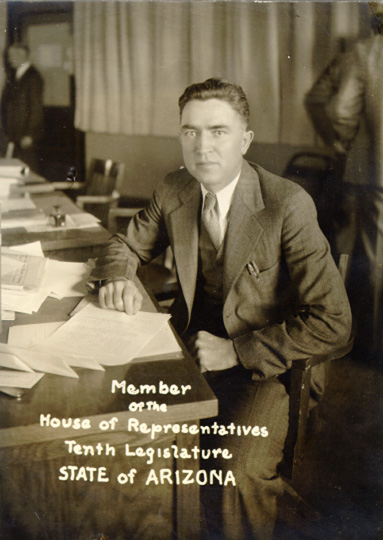
Jesse Addison Udall, 1893-1980
The Jesse Addison Udall Collection, ca. 1882-1981 (bulk 1935-1978), consists mainly of papers relating to Udall's military and legal careers, particularly during his tenure on the Arizona Supreme Court (1960-1972). Included in these papers are correspondence, speeches, clippings, election results, certificates, awards, miscellaneous military records and directives, personal and family photographs.
The Personal and Family Papers subgroup includes biographical summaries; clippings documenting honors; personal and family achievements; a few miscellaneous church related items; retirement records and correspondence; certificates and awards from various civic organizations; and correspondence and clippings pertaining to son Addison Udall's World War II experiences.
The Professional Papers subgroup relates to Udall's military and legal careers, and contains primarily correspondence, clippings, and speeches. Other miscellaneous documents include military orders, certificates, Arizona election results from 1960-1970, a list of opinions authored by Jesse Udall, and documents pertaining to the operation of the Arizona National Guard Unit in Safford, Arizona, between 1930-1940.
Most of the material in this subgroup covers either the span of Jesse Udall's National Guard and subsequent Army involvement (1930-1945), or his tenure on the Arizona State Supreme Court (1960-1972). Other events falling within the scope of this subgroup are his service on the Arizona Interstate Stream Commission and a post-retirement effort to persuade some U.S. Congressmen of the merits of purchasing a corridor through Mexico from Arizona to the Gulf of California.
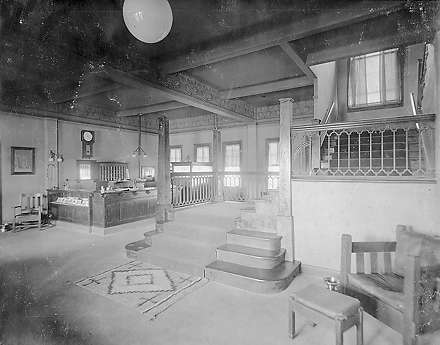
Fred Harvey Collection: Traveling the Rails in Style
Fred Harvey (1835-1901) began a partnership with the Atchison, Topeka and Santa Fe Railway in 1878. In 1889, the Railway gave Harvey exclusive rights to manage and operate his eating houses, lunch stands, and hotel facilities upon the Santa Fe's railroads west of the Missouri River. The Harvey Houses took pride in their first class food, service, and cleanliness.
There are approximately 2,000 photographs depicting exterior and interior views of hotels, eating houses, railroad stations and news stands operated by Fred Harvey. States represented are Arkansas, Arizona, California, Colorado, Illinois, Kansas, Mississippi, Missouri, New Mexico, Ohio, Oklahoma, Tennessee and Texas. Other photographs document the Indian exhibits at the Panama-Pacific International Exhibition, 1915, and the Panama-California Exposition, 1915-1916. All photographs can be viewed through this online exhibit.

Facsimiles of Illuminated Manuscripts in Special Collections
The facsimiles presented here represent manuscripts known to have been created before the advent of printing.
A fine art facsimile re-creates an original document or manuscript in a copy that is as faithful to the original as possible. The word "facsimile" comes from the Latin ("fac simile") and means "make it the same." It represents the faithful rendition of originals, particularly of manuscripts. Contemporary facsimile documents are generally produced by a photographic process. Most modern-day facsimiles are created using offset printing methods in limited numbered editions.
Scholars desire to examine original documents whenever possible, but the facsimile offers an opportunity to study illumination and lettering styles, output from several important scriptoria and schools, and texts created by hand usually on parchment or vellum. Each entry in the exhibit will identify the repository where the original manuscript is located.
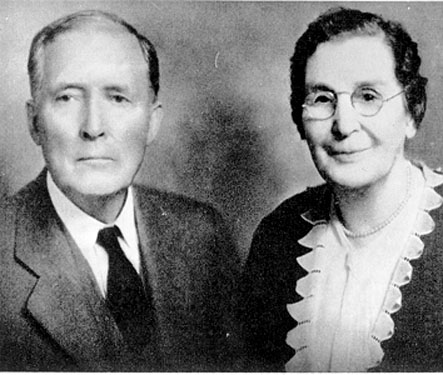
David K. Udall, 1851-1938
David King Udall was born in Saint Louis, Missouri to David and Eliza King Udall, English emigrants. As a young man Udall married Eliza Luella (Ella) Stewart (1855-1937) of Kanab, Utah, the daughter of Bishop Levi Stewart. From 1875-1877, Udall traveled to England to labor there on his first mission for the Mormon Church. Ordained as a Bishop in June 1880, Udall was called to lead a colony of Mormons to Saint Johns, a small settlement of Americans and New Mexican Hispanics in northeastern Arizona Territory. He married his plural wife, Ida Frances Hunt (1858-1915), the daughter of Bishop John Hunt of Snowflake, Arizona, in 1882.
Jailed on a false perjury charge in 1885, he returned to serve his community by developing better roads, contracting a mail service, establishing a local school, and representing the area as a member of the 20th Territorial Legislature. Until his death in 1938, David K. Udall, together with his wife Ella, served his church in Arizona in many capacities including the positions of President of St. Johns Stake and President of the Arizona Temple in Mesa.
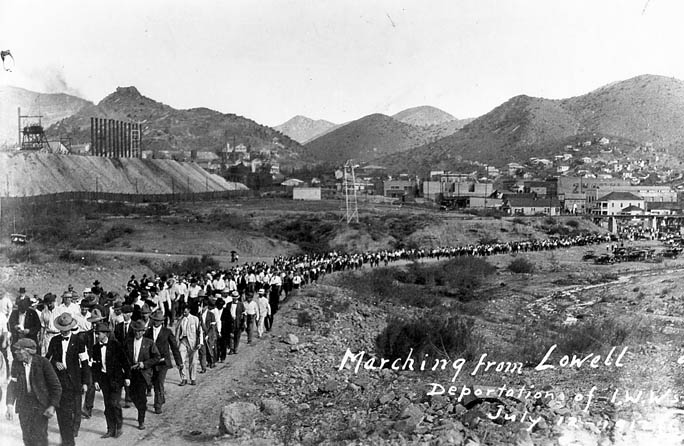
The Bisbee Deportation 1917
The Bisbee Deportation of 1917 was an event specific to Arizona that influenced the labor movement throughout the United States. What started as a labor dispute between copper mining companies and their workers turned into vigilante action against the allegedly nefarious activities of the Industrial Workers of the World (I.W.W.). This site is a research-based collection of primary and secondary sources for the study of the deportation of over 1,000 striking miners from Bisbee on 12 July, 1917.
Materials include I.W.W. publications, personal recollections, newspaper articles, court records, government reports, correspondence, and journal articles that are part of the collections of three libraries: The University of Arizona Libraries, the Arizona Historical Society, Tucson, Arizona, and the Sharlot Hall Museum, Prescott, Arizona.
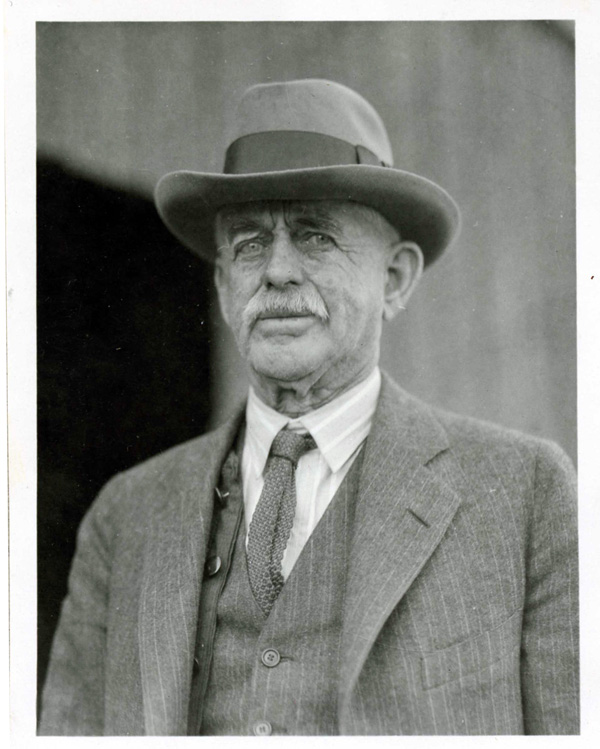
Empire Land and Cattle Company: Remembering an Empire
The pioneering effort to build the Empire Land and Cattle Company in Arizona got underway in 1876 when two Englishmen, Walter Vail and Herbert Hislop, came to Tucson Arizona and purchased the Fish Ranch, located about 50 miles southeast of town. This small ranch was destined to grow to become one of Southern Arizona's largest cattle ranches. It is now listed in the National Register of Historic Places. This exhibit chronicles the early years of that ranch, its people, and its activities as represented in manuscripts at Special Collections.
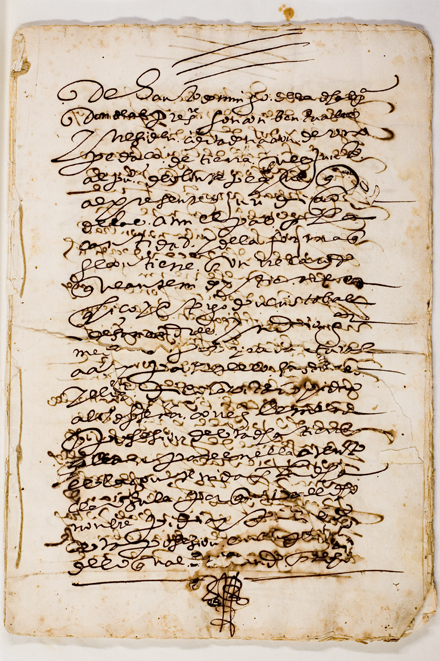
Páginas de la historia de México: Excerpts from the Morales de Escárcega Collection
Through these pages, visitors will experience colonial Mexico’s religious and political life, early national political discourse and battles for independence, as well as nineteenth century political discord and foreign invasion. The Escárcega family library was built largely by Gildardo G. H. Morales Díaz of Apetatitlán, Tlaxcala, Mexico [b. 1899 — d. 1987]. It was in Puebla, during the Mexican revolution, that the family lost everything, land and home. The violence of the revolution transformed the young Gildardo and is what led him to dedicate a large part of his life to study and understand the history of Mexico. The family left Puebla and moved to Mexico City with a few belongings and some books. These were the seeds of Mr. Morales’ collection. He started collecting books on the history of Mexico in the early 1920s, building his library over his lifetime by adding to it important manuscripts and broadsides. During his lifetime, Mr. Morales took care of his library with great passion. The exlibris in his books reads, “Verba volant scripta manent,” loosely translated as, “the word flies, the written is permanent.” Mr. Morales was a self-taught bibliophile and was a founding member of the Instituto Panamericano de Geografía e Historia.
After his death, his daughter, Lorenia Morales Rodriguez Escárcega, who earned a Ph.D in history, cared for the library. Since his daughter's death, in 2002, it was cared for by one of her sons, the executor of the collection, Alejandro Escárcega Morales. Alejandro and his five siblings, Miguel, Carlos, Rocío, Patricia, and Lorenia were charged with caring for the collection.
The collection included nearly 2,800 books, 80 documents (broadsides and manuscripts), and about 10 photographs. The collection is named the Morales de Escárcega Collection, in tribute to Mr. Morales and his daughter Lorenia, both of whom cared for the collection during their lifetimes.
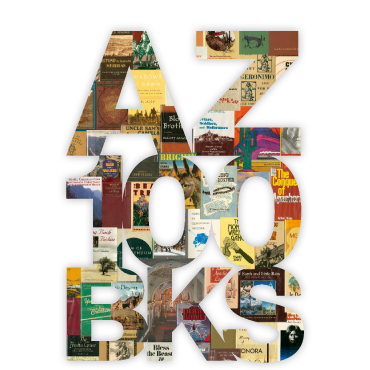
Arizona 100: Essential Books for the Centennial
Inspired by the state’s Centennial, a group of seven bibliophiles set out to develop a list of fiction and non-fiction books essential to Arizona. Surveying works from Spanish times to the present, the final 100 titles were "selected on the basis of their historical importance and literary merit." A special edition of The Journal of Arizona History is the culmination of this yearlong effort and offers an in-depth bibliography of the selected titles with a summary, assessment of significance, and suggestions for further reading for each title.
Among the titles selected is The Personal Narrative of James O. Pattie, published in 1833 and the oldest book on the list. The most recently published title, the 2010 book A Gift of Angels: The Art of Mission San Xavier del Bac by Bernard Fontana and Edward McCain offers an identification of nearly 200 saints and angels that adorn San Xavier del Bac.